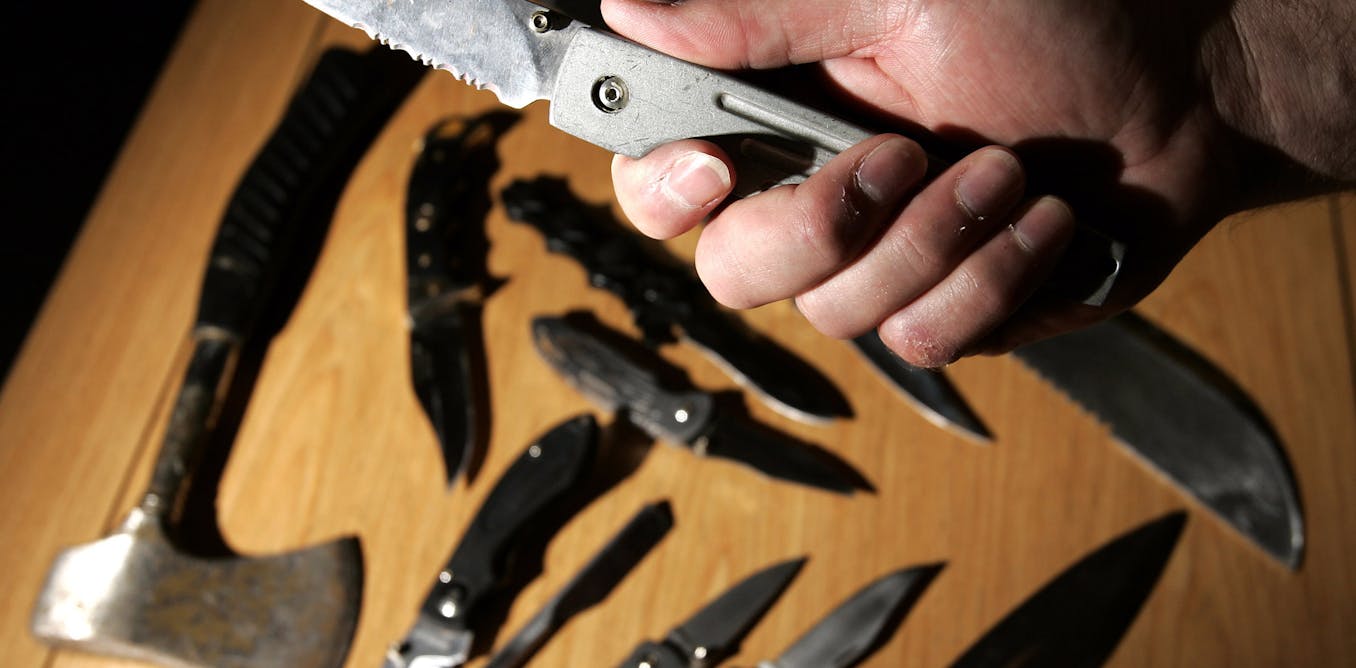Knife Stabbings Brasil Statistics [2023]
Knife stabbings in Brazil have reached alarming rates, making it a country with one of the highest stab rates worldwide. As crime and violence continue to plague the nation, understanding the statistics surrounding knife stabbings is crucial.
Brazil’s efforts to address this issue involve implementing new measures to combat high murder rates and curb knife crime. This article will delve into the specific statistics surrounding knife stabbings in Brazil, shedding light on the severity of the problem and the urgent need for effective solutions.
Overview Of Knife Stabbings In Brazil
Overview of Knife Stabbings in Brazil
Knife stabbings in Brazil have become a pressing issue in recent years, with the country experiencing high rates of violence. Brazil’s position in global knife crime statistics is a cause for concern, as it ranks among the countries with the highest stabbing rates. Understanding the prevalence and impact of knife stabbings is crucial for addressing this issue effectively.
Several factors contribute to the rise in knife stabbings in Brazil. Socioeconomic inequality, drug-related activities, and a lack of effective law enforcement are some of the main drivers. Additionally, the easy availability of knives and the culture of violence in certain regions exacerbate the problem.
To tackle this issue, Brazil needs comprehensive strategies that focus on crime prevention, socioeconomic development, and strengthening law enforcement efforts. By addressing the root causes of knife stabbings and implementing effective interventions, Brazil can work towards reducing this disturbing trend and creating safer communities for its citizens.
Knife Stabbings In Brazilian Cities
Brazil has been grappling with high murder rates, and knife stabbings have become a major concern in the country. In Rio de Janeiro, knife crime hotspots have emerged, making it crucial to address the issue in the city. São Paulo, another major city in Brazil, also sees a closer look at knife crime rates, requiring further attention.
Moreover, it is essential to examine knife violence in other major cities of Brazil. Understanding the patterns and trends can help in implementing effective strategies to combat this issue and ensure the safety of citizens.
Knife crime statistics in Brazil highlight the urgency to tackle this problem, aiming to reduce the incidents and protect the residents. By focusing on these hotspots and major cities, Brazil can work towards creating a safer environment for its population.
Statistical Trends And Patterns In Knife Stabbings
Brazil has been facing high murder rates, and one concerning aspect is the rise of knife stabbings. Understanding the statistical trends and patterns in knife stabbings can help shed light on this issue. One area of analysis is the age, gender, and socio-economic factors of knife crime perpetrators. By examining these demographics, we can gain insights into the motivations behind these crimes.
Another important aspect to consider is the demographics of knife stabbing victims in Brazil. This information helps identify vulnerable populations and allows for targeted prevention strategies. Furthermore, analyzing the most common locations and scenarios for knife stabbings provides crucial information for law enforcement and policymakers to develop effective interventions.
When it comes to combatting knife stabbings in Brazil, it is essential to have a comprehensive understanding of the statistics and trends surrounding this issue. By addressing the root causes and implementing evidence-based solutions, we can work towards reducing the prevalence of knife-related crimes and creating safer communities.

Credit: theconversation.com
Strategies And Initiatives To Combat Knife Stabbings
Brazil is grappling with the alarming issue of knife stabbings, and various strategies and initiatives have been implemented to combat this problem. The government has taken measures to address the soaring rates of knife crime in the country. Programs and campaigns focused on prevention and rehabilitation have been established to educate and raise awareness among the public. Additionally, community engagement and law enforcement efforts are being strengthened to reduce the occurrence of knife stabbings and ensure the safety of citizens.
Conclusion
Knife stabbings in Brasil continue to be a major concern, with alarming statistics highlighting the prevalence of this form of violence in the country. The high murder rates in Brasil, particularly involving knife crimes, have prompted the government to take action and implement new measures to address this issue.
However, it is essential to consider that knife crime is not limited to Brasil alone; it is a global problem that requires attention. Although knife crime rates have risen in Brasil, it is crucial to understand the underlying factors contributing to this issue.
It is important for policymakers, law enforcement agencies, and communities to work together to find comprehensive solutions to reduce knife crime and create a safer society. This may involve implementing stricter regulations, enhancing law enforcement efforts, providing education and resources to vulnerable populations, and addressing the roots causes of violence.
Addressing knife crime requires a multi-faceted approach that not only focuses on crime prevention and enforcement but also on addressing socioeconomic factors that contribute to violence. By working together and implementing targeted strategies, we can hope to see a reduction in knife stabbings in Brasil and create a safer environment for everyone.






